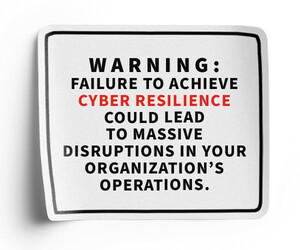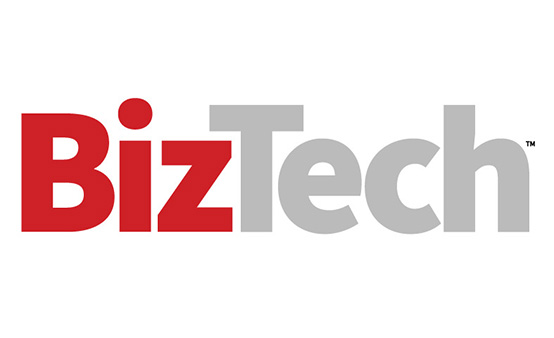1. Adopt A Zero-Trust Model for Enhanced Security Verification
Cyberattacks occur so frequently that IT leaders must assume their environments may have already been breached. This defensive posture of cyber resilience is key.
A zero-trust model cultivates this further by requiring that all users and devices be authenticated and continuously validated via tools such as identity and access management and multifactor authentication: Never trust, always verify.
“With data spread across multiple services, devices, applications and people, it’s not enough to slap a password onto something or set up a firewall,” writes Remy Champion, a senior manager on Okta’s Tech for Good team. “Nonprofit organizations need stronger protection, and zero trust can help.”
LEARN: See how to build a successful zero-trust strategy.
Zero trust is not a single solution. It’s a cybersecurity architecture that takes time to build and mature. Teams can work with an expert tech partner to track progress toward zero-trust maturity.
“Successful integration of zero-trust strategies requires a cultural shift at every level of your organization,” write CDW experts John Candillo and David Lund. This starts with identity and access management but extends to data governance, backup and recovery, and securing complex cloud infrastructures.
“When done effectively, zero trust can help leaders make more strategic investments in security and more naturally achieve regulatory compliance,” CDW experts write in a separate company blog.
DISCOVER: Learn how a strong cybersecurity foundation can protect donors’ data.
2. Bolster Threat Detection Checks With AI
With the dizzying volume and velocity of daily cyberthreats, it is humanly impossible for IT teams to monitor all potential risks. CISOs need superhuman capabilities, which they can find in artificial intelligence.
AI tools can help nonprofits stay ahead of evolving cyberthreats by analyzing vast volumes of data in real time, all with minimal human intervention.
“In contrast to the traditional threat detection approach, the AI-based approach can detect threats earlier in the attack cycle,” SentinelOne notes in a company blog post. “One of the most interesting features of AI threat detection is that it can automate the entire process of detecting threats, alerting security teams, and preventing additional threats.”
Teams can also train AI models to proactively remediate potential risks and scan for unusual behavior patterns. The ability of AI and machine learning to evolve with threats is especially valuable to IT leaders as bad actors modify their attack strategies.
Click the banner below to learn how to rightsize artificial intelligence for your organization.














